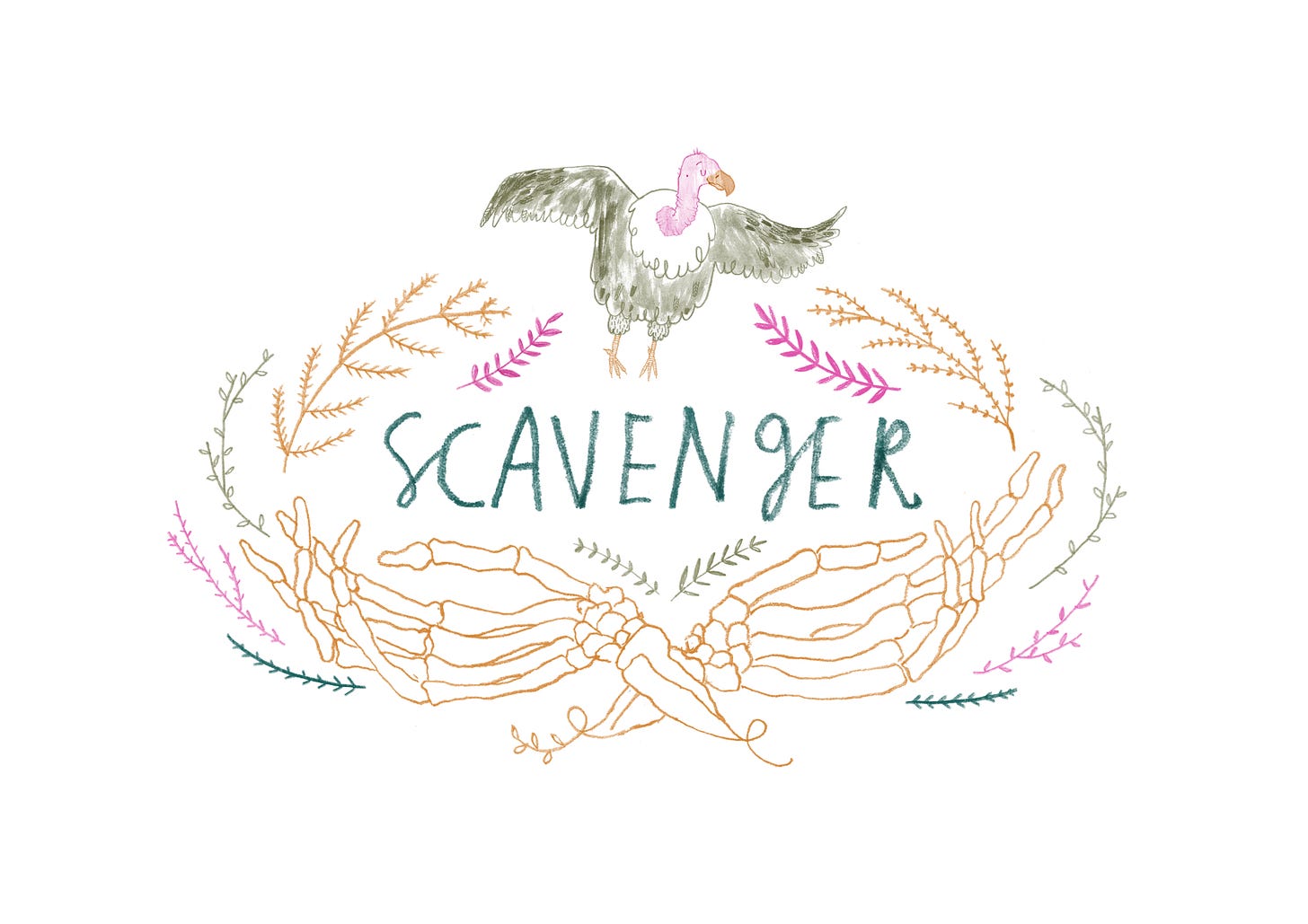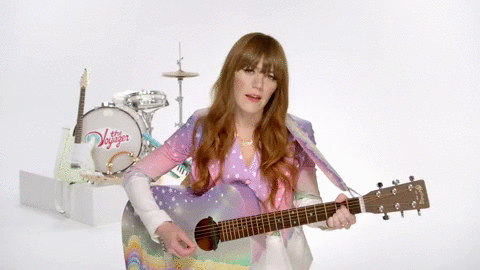The only zine about women who shred
How She Shreds is redefining who's allowed to play guitar and bass.

In 1903, Rosa Quirino used to slip on her huaraches and a shawl, channeling Pancho Villa before stepping onstage with her band. As Mexico’s earliest documented female Mariachi musician, Quirino was a revolutionary in her own right, shaking up the genre’s typical machismo.
Leonor Xochitl Perez is a researcher who’s spent more than a decade piecing together as much of Quirino’s story as possible, along with the other vanishing threads of the history of women playing Mariachi music.
“The men who worked with Quirino said she was very passionate about the performance and transmission of this cultural expression we know as Mariachi,” Perez told the San Diego Tribune in 2013, when she unveiled a rare exhibition about women in the genre’s history. “But she also had to set boundaries with men. She told them: ‘We’re here to work – and please be aware that I carry a gun!’”
For as long as we’ve had music, women have been part of the creative force driving it forward – but too often, it goes unnoticed or is erased from the historic record.
Luckily, one magazine is setting out to change that, one Mariachi history timeline at a time: She Shreds.

In 2012, Fabi Reyna was finally fed up with music magazines, which often reduce to women to eye candy draped over amps or straddling guitars, while feature stories dissect cis male musicians’ every note. Barely 20 years old, Reyna was a guitarist herself and craved a publication that felt true to her community. “I hadn’t gone to college,” she told The Cut. “I didn’t know any of the skills needed to start a magazine.” But instead of letting that stop her, she learned fast on the job.
By the time she started She Shreds, Reyna already had four years of experience booking DIY shows, including some that served as unofficial SXSW events. DIY shows close the distance between musicians and fans, who’d gather on pedestrian bridges and in tiny, informal venues outside the corporate structure of traditional spaces. When Reyna threw shows, she got to make her own rules about who was welcomed and celebrated.

Still, the guitar industry didn’t reflect the inclusive, joyful energy Reyna saw at shows or while playing guitar herself. Like other female musicians, she thrived on debates over gear and technique – but women were rarely portrayed as serious musicians who were allowed to talk shop. (Women of color, trans and nonbinary musicians were even less likely to be represented in magazines or marketing campaigns.) Reyna didn’t want to portray these musicians, who were a normal part of her daily life, as exceptional or exotic. As The Guardian notes, “the guitar doesn’t care about the gender of the person playing it.”
In the pages of She Shreds, Reyna curates a mix of interviews, profiles, tabs, gear stories and discussions of technique – all featuring women. The magazine is beautifully designed, with bold colors and big photos that capture women in natural poses. The overall effect is so compelling that you might not notice the lack of men at all – a kind of deprogramming after years of absorbing the visual message that guitar and bass aren’t for women.
After just six years in print, She Shreds has already disrupted the guitar industry’s status quo. In 2016, Fender released data about its customers, finally revealing that men and women are equally likely to purchase guitars. (I myself played classical guitar for nine years alongside tons of women!) She Shreds’ objections to those over the top photoshoots also got through to Guitar World magazine. In 2016, it discontinued its “Bikini” Gear Guide – a part of history that’s probably best lost to time. By amplifying women’s presence, She Shreds helps hold the industry accountable.

In 2017, She Shreds took a big first step toward Reyna’s goals of international expansion by inking a distribution deal with Barnes & Noble. A quick look at the magazine’s stockists page shows just how meaningful the Barnes & Noble deal is. In Virginia, where I live, it’s the only place you can get the magazine without subscribing (though I originally discovered the magazine at the amazing Elliott Bay Book Company last time I was in Seattle).
But more important than selling copies, She Shreds is bringing people together in a growing community. This was never more apparent than during an unexpected catastrophe at one of She Shreds’ live shows. With more than 500 people crammed in to see 10 bands, the venue was shut down mid-set because it lacked the right permit to operate. Instead of canceling, the crowd collectively helped pack up the equipment, carpooled and relocated the entire festival to another venue. The show was back on in 40 minutes. I used to work in media events, and I cannot imagine this happening – but it did.
Reyna marvels at this, and at the fact that half a decade in, She Shreds is still thriving. “I can’t believe that I had this in me,” Reyna said. “I had a vision that I wanted to do this, and then I actually did it.”
Something else

If you’ve ever had to find a stock photo, you already know how difficult finding pictures with a diverse range of people. This week, Broadly released an original archive of stock images featuring nonbinary and trans people. The Gender Spectrum Collection features pictures of nonbinary and trans people doing…basically everything people in stock photos normally do! The simplicity of the images – which feature doctors, students, gamers, and more – is exactly what’s so rad about them. Instant bookmark.
One last thing
If you’re going to listen to one song this week, make it “On the Line,” the title track off Jenny Lewis’s new record. Then go read She Shreds’ Q&A with her!


